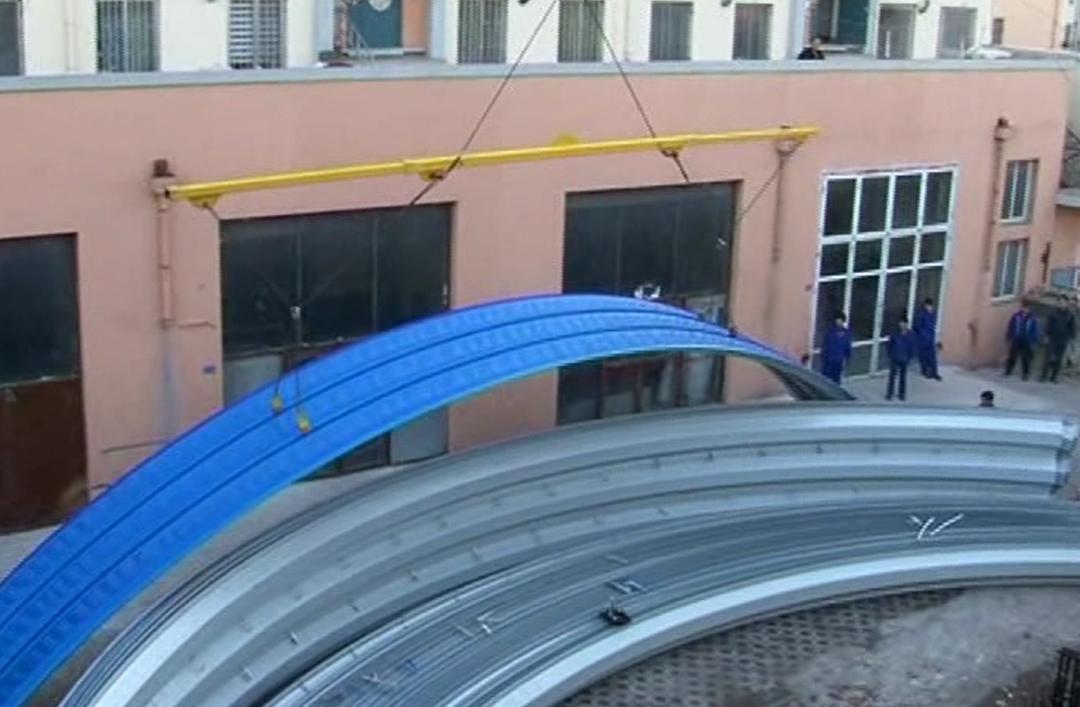
Understanding Solar Mounting Brackets Roll Formers
In the rapidly evolving world of renewable energy, solar power is emerging as a leading alternative to traditional energy sources. As the demand for solar panels continues to grow, so does the need for efficient and sturdy mounting systems. One of the essential components of these systems are solar mounting brackets. To meet the increasing demand, manufacturers are turning to advanced machinery like roll formers to produce these brackets effectively and efficiently.
What are Solar Mounting Brackets?
Solar mounting brackets are essential components that support solar panels and secure them in place. They play a critical role in ensuring the stability and longevity of solar panel installations. These brackets come in various designs, tailored to accommodate different panel sizes and installation types, such as rooftop systems or ground-mounted arrays. Their primary function is to withstand environmental stresses, including wind, snow, and seismic activity, while maintaining the optimal angle for sunlight absorption.
The Role of Roll Formers in Manufacturing
The process of manufacturing solar mounting brackets involves several steps, and one of the most efficient ways to produce these components is through roll forming. A roll former is a type of machine that shapes metal into specific profiles using a series of rollers. This process is particularly advantageous for producing long lengths of uniform shapes, making it ideal for the mass production of solar mounting brackets.
Roll forming begins with a flat sheet of metal, typically steel or aluminum. The metal is fed through a series of rollers that progressively shape it into the desired profile. This continuous process allows for high production rates, reduced material waste, and the ability to easily produce custom designs to meet specific customer requirements. Furthermore, roll forming is a cost-effective method for producing large volumes of components, making it an attractive choice for solar bracket manufacturers.
Advantages of Using Roll Formers for Solar Bracket Production

1. Consistency and Precision One of the standout advantages of roll forming is its ability to produce components with high precision and consistency. Since the process is automated, manufacturers can achieve exact dimensions with minimal tolerances, ensuring that every bracket fits perfectly in the solar panel system.
2. Material Efficiency Roll forming uses a continuous strip of metal, which minimizes scrap material. This efficient use of raw materials reduces costs and makes the process more environmentally friendly, aligning with the sustainability goals of the solar industry.
3. Customizability The versatility of roll formers allows manufacturers to create a wide variety of bracket designs tailored to the specific mounting configurations required by different solar projects. This customizability is crucial for addressing the diverse needs of the market.
4. Speed of Production The continuous operation of roll formers means that large quantities of solar mounting brackets can be produced quickly. This rapid production capability helps meet the rising demand for solar energy systems, particularly in regions with aggressive renewable energy targets.
5. Durability The roll forming process can enhance the strength and durability of the brackets. The process can be adjusted to optimize the thickness and material properties, ensuring that the final products can withstand harsh environmental conditions.
Conclusion
As the solar energy sector continues to expand, the demand for reliable and efficient solar mounting systems will only increase. The use of roll formers in the production of solar mounting brackets represents a significant advancement in manufacturing technology, providing a solution that is both economically and environmentally beneficial. By understanding the importance of these components and the role of roll forming in their production, stakeholders in the renewable energy market can better appreciate the engineering feats that support solar power's growth. With continued innovation in manufacturing processes, the future looks promising for solar energy and its critical tooling components.